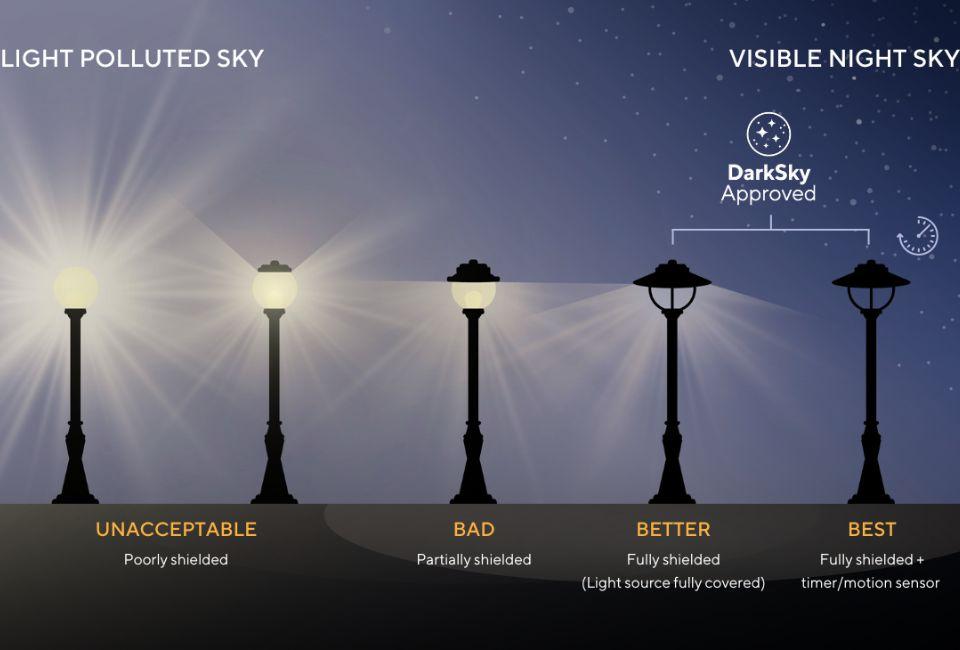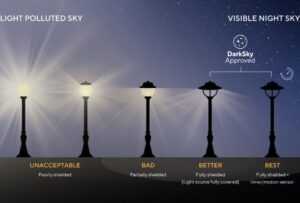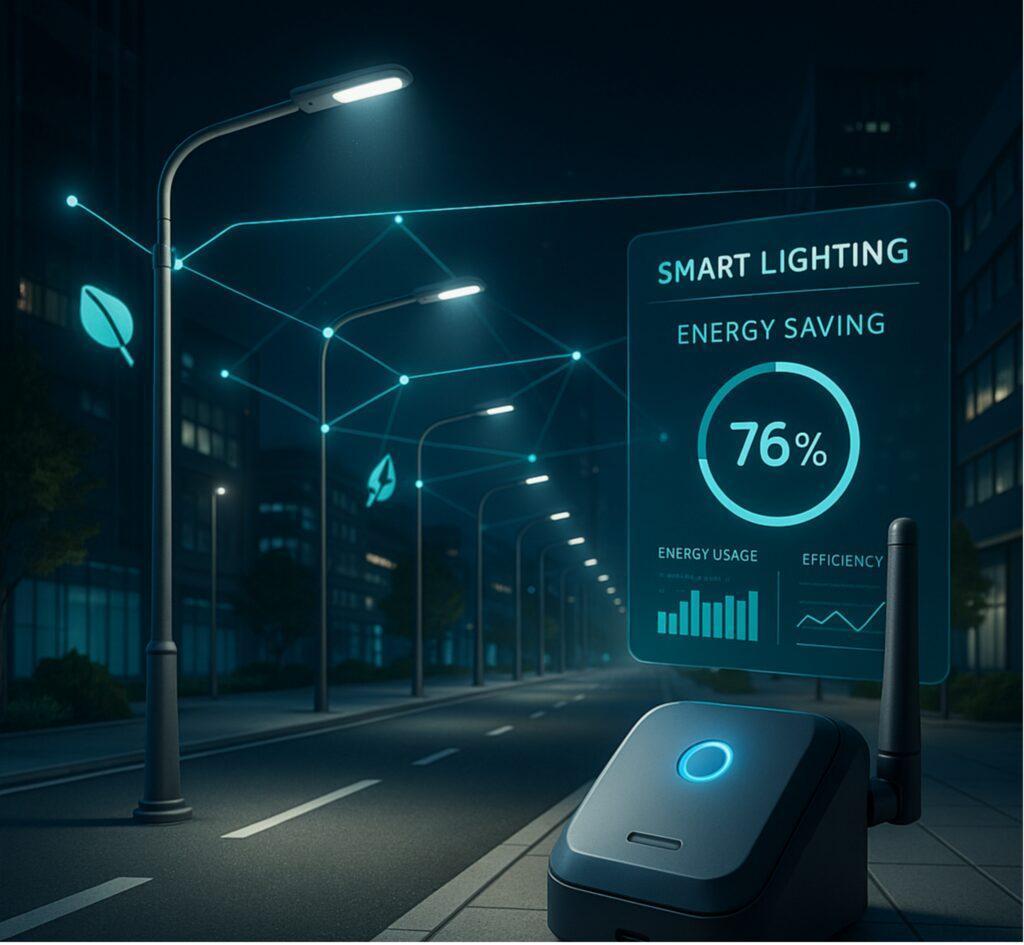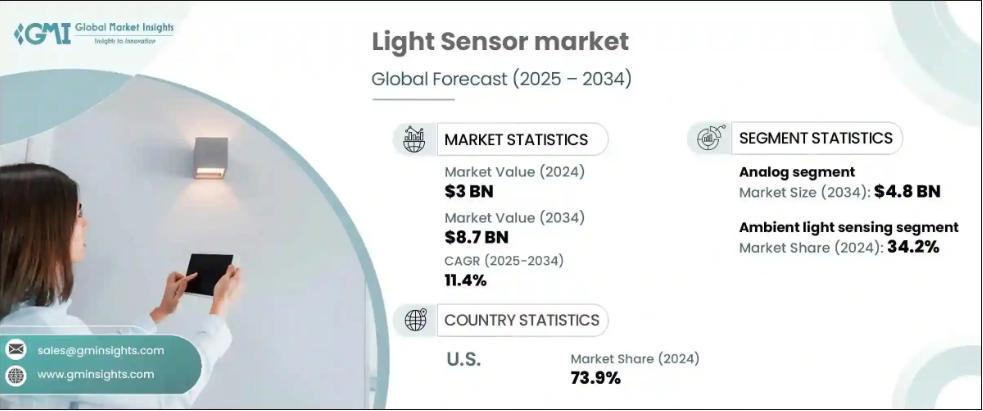概要
- 導入
- What Makes the Launch of Zero-Blue Light 光センサースイッチ a Game-Changer for the Industry?
- What Does Zhaga‑D4i Mean for the Future of Outdoor Lighting?
- What Is “Zero-Blue Light” Technology and Why Does It Matter for Cities and the Environment?
- How Will This Shift Impact Lighting Manufacturers, EPCs, and Smart City Planners?
- How Is Shanghai Long‑Join Electronics Shaping the Zhaga-D4i 光制御レセプタクル Landscape?
- What Does the Zero-Blue Light & Zhaga-D4i Revolution Mean for the Future?
- 結びの言葉
The world of street lighting is changing fast. Cities want safer nights and less light pollution. But how can we achieve all three at once?
Enter Signify’s new Zero-Blue Light Sensor Photocell Switch. This product is designed with a 280–780 nm dusk-to-dawn sensor that reduces skyglow by 15%. This isn’t just another photocell. It’s a step toward dark-sky protection and smart city evolution.
Even more, it’s Zhaga-D4i compliant. This means it connects easily with modern lighting systems for real-time monitoring and upgrades. The result? Street lighting that’s cleaner and built for the future.

What Makes the Launch of Zero-Blue Light 光センサースイッチ a Game-Changer for the Industry?
Signify has introduced a 光電セル照明センサー that filters out the high-blue light band while sensing twilight from 280–780 nm — a spectral range broader than typical dusk-to-dawn sensors.
This innovation claims to reduce skyglow by around 15%. This supports dark-sky initiatives and limiting light pollution in urban areas.
Crucially, the module is compliant with the Zhaga‑D4i standard. This means it plugs into a standard interface and supports bidirectional communication with smart luminaires.
That means street lighting systems can now combine dark-sky-friendly photocontrol with future-ready IoT connectivity.
For the global photocontrol market, this launch signals a shift: from simple “on/off at dusk/dawn” sensors to smart, interoperable, environmentally conscious modules. Further below is a table comparing the spectral ranges of various photo switch sensors.
| 光電セルタイプ | Spectral Range (nm) | Blue Light Filter | Typical Application |
| Standard Photocell | 400–700 | No | Basic dusk-to-dawn switching |
| Zero-Blue Photocell | 280–780 | Yes | Dark-sky-compliant street lights |
| IR-Filtered Photocell | 500–780 | Partial | Industrial and outdoor lighting |
| Adaptive Spectrum Photocell | 350–800 | Yes | Smart IoT lighting systems |
What Does Zhaga‑D4i Mean for the Future of Outdoor Lighting?
The Zhaga-D4i standard merges two key specifications:
ザガ書 18
The mechanical interface standard for outdoor luminaires and sensor/communication modules. The “Book 18” component ensures a standardized plug-and-play receptacle: any certified module fits any certified luminaire, regardless of brand.
D4i
It’s a digital standard based on DALI-2. This provides low-voltage power and bi-directional communication inside luminaires. D4i enables the luminaire to supply auxiliary power and a data bus for communication and diagnostics. This eventually turns simple lighting into a connected asset.
Key Benefits
● Future scalability
You plug in new sensors or modules later without redesigning the luminaire.
● Smart data exchange
Drivers log energy usage, diagnostics, and asset info. Modules report back via a standardized format.
● Global interoperability
Certified components from different vendors work together under one standard — reducing vendor lock-in.
Think of Zhaga-D4i as the “USB port” of street lighting — a universal socket that delivers power and data, where any certified plug-in module fits and works across platforms. Further, here is a table comparing Zhaga-D4i communication protocols.
| プロトコル | 範囲 | Data Rate | Power Consumption | Best Use Case |
| ローラ | 2–5 km | 低い | Very Low | City-wide lighting networks |
| NB-IoT | 1~10キロ | 低い | 低い | Urban street lights |
| ジグビー | 10~100メートル | 中くらい | 低い | Campus or park lighting |
| 5G/LTE | 100+ m | High | 中くらい | Real-time data-intensive systems |
What Is “Zero-Blue Light” Technology and Why Does It Matter for Cities and the Environment?
Light heavy in blue wavelengths scatters more in the atmosphere. This increases skyglow and reduces sky visibility at night. Blue-rich lighting also disrupts the human circadian rhythm by suppressing melatonin production and affects natural sleep patterns.
Wildlife suffers too. Insects and marine species are highly sensitive to short-wavelength light at night. Their natural behaviors—feeding and reproduction—are easily disturbed.

画像提供: designing lighting
Key technical advantages
- Reduced interference from LED backscatter ensures the sensor triggers accurately at dusk and dawn.
- Improved dusk-to-dawn switching accuracy avoids false activation or delays in street lighting.
- They enhance energy efficiency by avoiding wasted operation from stray light or misdetection.
Cities in Europe and North America are moving toward dark-sky compliance. Many now specify low-blue or zero-blue lighting to protect ecosystems and support human well-being.
How Will This Shift Impact Lighting Manufacturers, EPCs, and Smart City Planners?
Zhaga-D4i opens clear market opportunities in public lighting tenders. Meeting dark-sky and Zhaga-D4i specs becomes a procurement advantage in many EU and city contracts.
Standardized Book-18 sockets reduce vendor lock-in. Manufacturers can sell luminaires that accept any certified module.
Key impacts for stakeholders
● Compliance advantage
Easier wins on tenders that require dark-sky or Zhaga-D4i certified products.
● Future-proofing
Field upgrades by swapping modules — no luminaire redesign.
● IoT integration
D4i enables power + data; common wireless stacks used with Zhaga-D4i include LoRa, NB-IoT, ZigBee, and cellular options.
Adoption trends
Rapid uptake in Europe is driven by dark-sky rules and tenders. Growing pilot projects in North America, and broad interest across Asia-Pacific as smart-city programs scale
How Is Shanghai Long‑Join Electronics Shaping the Zhaga-D4i 光制御レセプタクル Landscape?
Product Line & Interface Compatibility
Long-Join’s JL-700 series is designed around the Zhaga Book 18 interface and supports low-voltage + digital communication typical of D4i. The JL-700 receptacle meets the Z-LEX-R / Z-LEX-C specification.
The company offers variants including IR-filtered sensors and wireless smart controllers (LoRa, NB-IoT, ZigBee) under its Zhaga series product line.
Certifications & Quality Standards
The JL-700 model has achieved IP66 sealing, UL conductor certification, and meets Zhaga Book 18 standards. The product listing shows CE, RoHS, UL, and Zhaga certifications as part of its spec sheet. The table below shows how these certifications ensure compliance and reliability.
| 認証 | Scope / Requirement | Typical Application |
| UL | Safety and electrical compliance | North American installations |
| CE | EU safety, health, and environmental | European outdoor lighting |
| Zhaga-D4i | Interoperability and communication | Smart street lights |
| RoHS | Restriction of hazardous substances | Environmentally friendly products |
Key Markets & Applications
The JL-700 series targets OEM luminaire makers, EPC contractors, and lighting distributors. It supports both traditional installations and smart, upgrade-ready street lighting networks.
Common applications include:
- Roadways
- Area lighting
- Industrial parks
- Parking lots, and
- Full-scale smart city projects
Global Footprint & Strategic Positioning

Long-Join highlights alliances with major brands and positions itself as a partner for smart, sustainable outdoor lighting products.
Its receptacles and modules support both retrofit and future-proof designs, aligning with Zhaga-D4i’s promise of interoperability and upgradeability.
In short, Long-Join is establishing itself as a reliable partner for lighting companies navigating the transition to Zhaga-D4i and dark-sky-compliant solutions.
What Does the Zero-Blue Light & Zhaga-D4i Revolution Mean for the Future?
Dark sky compliance and Zhaga interoperability are reshaping outdoor lighting. Together, they define the next generation of connected infrastructure. Streetlights are not just luminaires anymore. They’re becoming data-driven platforms.
This shift enables systems that are smart and adaptive. Lights can monitor energy and evolve through updates. Cities gain efficiency and control all at once.
Now is the time for manufacturers and planners to act. They can:
- Specify Zhaga-D4i sockets in new designs.
- Prioritize zero-blue spectrum sensors to protect the night sky and human health.
- Build upgrade-ready modules, not fixed systems.
At Shanghai Long‑Join Electronics, we are committed to offering tailored Zhaga-D4i 光電セルセンサー, sockets, and IoT-ready control solutions to help you stay ahead.
結びの言葉
Zero‑Blue Light and Zhaga‑D4i are shaping the future of smart, sustainable street lighting. They make systems more accurate, energy-efficient, and upgrade-ready. For reliable Long‑Join photocontrollers and Zhaga-D4i solutions, チ・スウェア is a trusted partner. They offer quality products and support for OEMs, EPCs, and smart city projects.
外部リンク
- https://www.zhagastandard.org/?view=article&id=64:book-18&catid=10
- https://www.dali-alliance.org/d4i/
- https://lora-alliance.org/
- https://en.wikipedia.org/wiki/Narrowband_IoT
- https://en.wikipedia.org/wiki/Zigbee
- https://darksky.org/news/why-is-blue-light-at-night-bad/
- https://www.ul.com/solutions
- https://europa.eu/youreurope/business/product-requirements/labels-markings/ce-marking/index_en.htm
- https://en.wikipedia.org/wiki/RoHS






